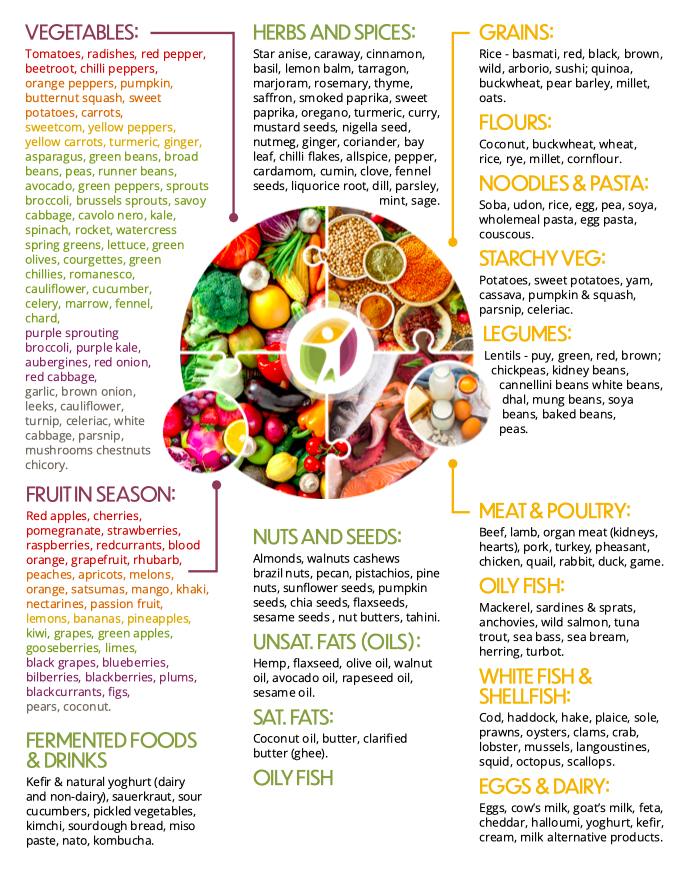3 Ways to Make Nutritious Dinner with Little Time and Energy
27 June 2023
LET ME READ THIS ARTICLE FOR YOU
Hi friends!
Previously, I shared with you the 3 ways in which to change your dietary habits to improve your energy levels in just a few days (head over here if you missed it).
One of the tips was about eating early dinners. To remind you, our digestive system is most active between 7am-7pm so if we manage to consume our last meal within this ‘window’, we have more chances of fully digesting the foods, absorbing them and utilising the energy derived from them.
However, I understand that the 7pm deadline can be rather unrealistic for many of us. If you come home late after a long day at work or after picking up kids from the after-school activities, then the last thing you want to do is to get straight into the kitchen and cook a meal.
But the reality is most of us arrive home hungry (if not starving), and this is the perfect time to eat a meal; reaching for snacks may mute the hunger but doesn’t deliver the necessary nutritional value. Those of you who have kids will probably recall the tension that can be felt around this time of the day amongst the family members and I would dare to say that a lot of it has to do with hunger!
So today I wanted to show you some examples of how to use weekly meal prep and batch cooking sessions to speed up dinner preparation so that you can marry the need for a hot, nutritious dinner (or any meal, really) with little time and energy to make it!
First, let’s look at the Balanced Plate:

Please note, the Balanced Plate is not intended to represent each and every meal. Instead, try to achieve a good balance of foods from each food group across the week! Depending on your health, symptoms and preferences, you may need to adjust it to suit your individual needs, e.g., separate carbohydrates from proteins at dinner time, remove animal-derived products or add more fermented foods. This approach is much more realistic and allows for more flexibility around meals.
Knowing that each one of the food groups has different properties and nutritional value, you will ensure a good mix of nutrients across the week. For example, mix up the protein-rich products by selecting dinner recipes containing fish, beef and pulses.

1 Plan your meals for the week ahead
Get into the habit of creating a weekly meal planner – this can be as simple as listing down 2 breakfast ideas, 2-3 lunch ideas and a similar amount of dinner options.
Looking at the above graphic, get inspiration for your recipe choices and shopping lists – when was the last time you made something with cauliflower or aubergines? Can you find a recipe that uses quinoa or millet instead of rice or pasta that you consume more often?
I would always encourage you to make double or triple portions of each meal to enjoy for 2 consecutive days or to freeze some for later.
2 Pimp your meals and make them more nutritious
Looking at the variety of different food groups, ensure that your meal is as well-rounded as possible by consciously adding foods from other groups, e.g., another serving of vegetables, fermented foods or healthy fats. Why not serve kimchi with the cheese toastie? How about adding a boiled egg and a drizzle of olive oil to your soup? Why not dress steamed broccoli with a tahini-based dressing and further sprinkle them with sesame seeds?
Amongst many other benefits, proteins and fats keep us fuller for longer and an additional serving of vegetables will keep your blood sugar in more balance. (especially if consumed first – check out the podcast recommendation below!)
3 Create quick and easy meals
I am a big fan of Buddha bowls and have turned them into my own concept named the Abundance Plate. To me, Abundance Plates are absolute life-savers when I don’t have a specific recipe in mind or the ingredients to make it.
Using the Balanced Plate as an inspiration, I assemble whatever I’ve got in my fridge and pantry – for example, I combine cooked rice, boiled eggs, a handful of olives, roasted vegetables dressed with olive oil, and pickled cucumbers and voila – my dinner is ready to munch! I often dedicate 1.5-2 hrs each week to batch cook some of those ingredients, which significantly reduces my time in the kitchen during a busy week.
For more Abundance Plate examples, head over to my Instagram account:
Here are some ideas of what you could prep ahead of the week:
- Cook grains, such as rice, quinoa, millet
- Roast a tray of root vegetables, such as carrots, parsnips, butternut squash or beetroot
- Steam or parboil vegetables such as broccoli, pak choi, garden peas, green beans etc. (leave them crunchy)
- Make a dressing to drizzle over cooked vegetables or add to a salad
- Make Spanish omelette, quiche or tart that can serve as a take-away lunch
- Make a soup or a stock/broth to serve as a base for soups
- Marinate chicken/beef/fish for pan-frying or roasting the next day
- Boil a couple of eggs
- Roast beef, lamb or chicken and divide into smaller portions
- Make a one-pot dish such as curry, chilli or stew
- Make a big batch of porridge
- Roast granola for porridge
- Make a tray of muffins or batch of energy balls
For nutrition & lifestyle tips and meal inspirations, connect with me on Instagram:
You may like these too
What You REALLY NEED When Expecting or Having a Baby
I recently met a friend who’s in her 32nd week of pregnancy and she asked me how to best prepare f
3 January 2024
Bogged down with a ‘bug’? Reflections on embracing and gaining insights from illness.
Hello Winter, the Season of Colds, Flus and other Ailments! Have you ever faced that unwelcome bug t
27 December 2023
How to Make the Most of the Festive Season
Christmas is just around the corner! We all have different plans and ways we enjoy or celebrate Chri
27 November 2023
Dear Mum, Are You Tired All the Time? Check Why!
One of the most overwhelming and debilitating parts of being a new mum is the tiredness that comes w
14 November 2023







